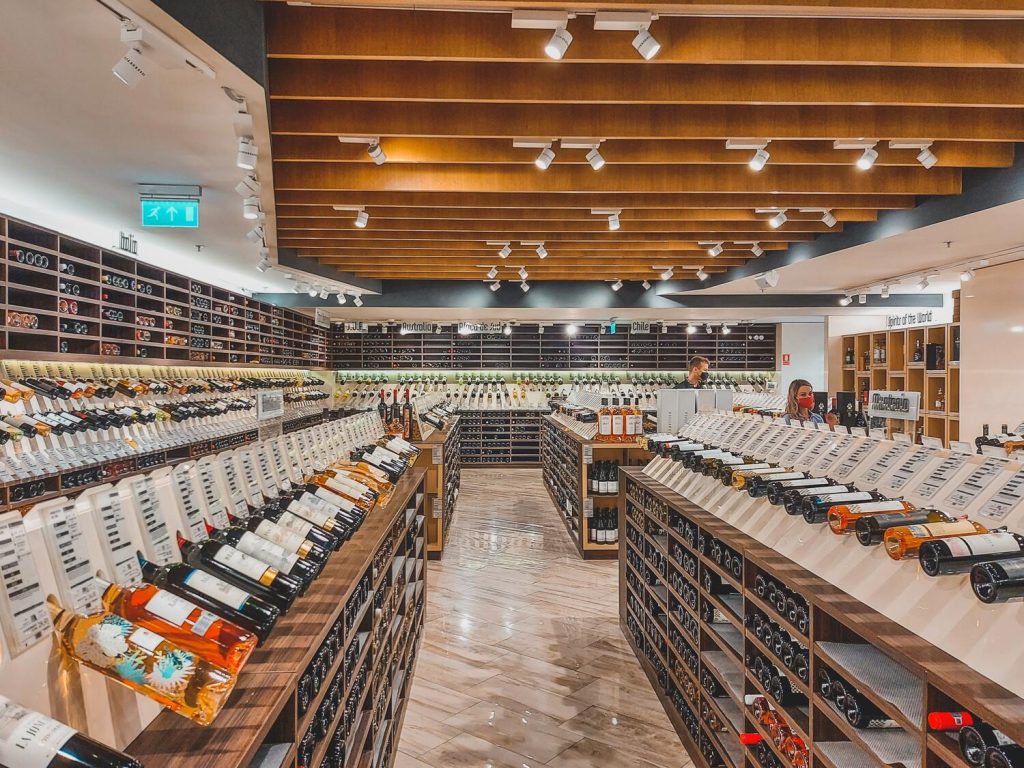Wine has been a part of human culture for thousands of years, enjoyed for its taste, aroma, and ability to bring people together.
The wine industry has grown into a vast and complex system, encompassing a wide range of professions, from grape growers to wine makers, retailers to sommeliers. Whether you are a wine enthusiast or looking to enter the industry, this guide will provide you with an overview of the wine industry and its various components.
The European wine industry is a complex and diverse sector that has a rich history and culture, as well as a significant impact on the global wine market. Europe is home to many of the world’s most famous wine-producing regions, such as Bordeaux in France, Tuscany in Italy, and the Rioja region in Spain. These regions are known for producing high-quality, premium wines that are sought after by wine lovers around the world.
The European wine industry has a long history, with evidence of wine production dating back thousands of years. Wine production was initially focused in Greece and the Roman Empire, but over time it spread to other parts of Europe, such as France, Italy, and Spain. Today, the EU wine sector is highly developed, with modern production techniques and a focus on quality, sustainability, and innovation.
France is widely regarded as the birthplace of the modern wine industry, and it is still one of the leading wine-producing countries in the world. French wine regions such as Bordeaux, Burgundy, and Champagne are renowned for their high-quality wines, and the country is home to some of the world’s most prestigious wine estates and vineyards. French wine production is dominated by top red wines like Pierre Amadieu Gigondas Le Pas de l’Aigle 2017, but the country also produces a wide range of white, rosé, and sparkling wines.
Italy is another major player in the European wine industry, and it is known for its diverse wine regions and styles. Italian wine production is heavily influenced by the country’s geography and climate, which varies significantly from region to region. The country is best known for its red wines, such as Caparzo Brunello di Montalcino 2014, as well as its sparkling wines, such as Prosecco.
Spain is known for its bold and flavorful red wines, such as Rioja, as well as its crisp and refreshing white wines. Spanish wine production is heavily influenced by the country’s hot and dry climate, which is ideal for growing grapes that produce full-bodied and fruity wines. Spanish wine region Rioja, with their famous La Rioja Alta Vina Ardanza Reserva 2015, are also known for their unique and traditional winemaking methods, which often involve aging the wine in oak barrels for several years.
Germany is a smaller, but still important player in the European wine industry. The country is best known for its crisp and refreshing white wines, such as Riesling, which are produced in the country’s cool and mountainous wine regions. German wine production is heavily influenced by the country’s strict wine laws, which ensure that only high-quality grapes are used to produce wine, and that the wine meets strict standards of quality and flavor.
The European wine industry is highly regulated, with many countries having strict laws and regulations governing the production and labeling of wine. These regulations are designed to protect the reputation of the country’s wine regions and to ensure that only high-quality wines are produced and sold. For example, the French wine classification system, known as the Appellation d’Origine Contrôlée (AOC), is one of the world’s most stringent wine labeling systems, and it is designed to protect the quality and reputation of French wines.
In recent years, the European wine industry has faced a number of challenges, such as climate change, declining wine consumption, and increased competition from other wine-producing regions. However, despite these challenges, the European wine industry continues to thrive, with many countries investing in new technologies, marketing initiatives, and sustainability efforts.
In conclusion, the European wine industry is a complex and diverse sector that has a rich history and culture, as well as a significant impact on the global wine market.
